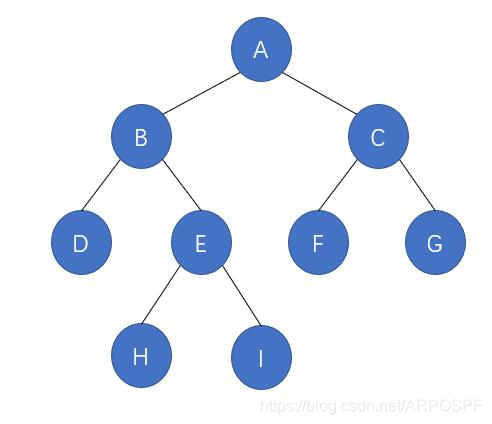题目描述
给你一颗二叉树的一个结点,返回中序遍历顺序中这个结点的下一结点。二叉树不仅有左右孩子指针,还有指向父亲结点的指针。
结点类型如下:
public class TreeLinkNode {
public int val;
public TreeLinkNode left = null;
public TreeLinkNode right = null;
public TreeLinkNode next = null;
public TreeLinkNode(int val) {
this.val = val;
}
}
解题思路
首先问自己一个问题,如果这道题出现在笔试题中,自己会用什么方法做?如果出现在面试题中呢?同一道题为什么还分出现在笔试题中还是面试题中呢?很显然,笔试题中只要能过就好,设计的算法丑点,慢点也无所畏,不一定需要最优解法,当然前提是能够通过。而面试中就不一样了,显然面试官希望听到最优解法。
方法1:暴力解法
直接模拟题意。题意需要找到某个结点中序遍历的下一个结点,那很显然可以这样:
- 根据给出的结点求出整棵树的根节点
- 根据根节点递归求出树的中序遍历,存入ArrayList中
- 在ArrayList中查找当前结点,则当前结点的下一结点即为所求。
虽然有点暴力,但是时间复杂度也是线性的:
第一步:最坏为O(N),N为整棵树结点的个数
第二步:O(N)
第三步:最坏为O(N)
所以整的时间复杂度:3*O(N)
时间复杂度还可以接受,关键是思路好想并且每一步的代码都很简单。代码如下:
import java.util.ArrayList;
public class Solution {
ArrayList<TreeLinkNode> list = new ArrayList<>();
public TreeLinkNode GetNext(TreeLinkNode pNode) {
TreeLinkNode parrent = pNode;
while (parrent.next!=null){
parrent = parrent.next;
}
InOrder(parrent);
for (int i = 0; i < list.size(); i++) {
if (pNode==list.get(i)){
return i==list.size()-1?null:list.get(i+1);
}
}
return null;
}
private void InOrder(TreeLinkNode parrent) {
if (parrent!=null){
InOrder(parrent.left);
list.add(parrent);
InOrder(parrent.right);
}
}
}
时间复杂度为O(N),空间复杂度为O(N)
方法2:最优解法
(1)分析
以如下二叉树为例,中序遍历为:{D,B,H,E,I,A,F,C,G}

仔细观察,可以把中序下一结点归为几种类型:
- 有右子树,下一结点是右子树中的最左结点,例如 B,下一结点是 H
- 无右子树,且结点是该结点父结点的左子树,则下一结点是该结点的父结点,例如 H,下一结点是 E
- 无右子树,且结点是该结点父结点的右子树,则一直沿着父结点追朔,直到找到某个结点是其父结点的左子树,如果存在这样的结点,那么这个结点的父结点就是我们要找的下一结点。例如 I,下一结点是 A;例如 G,并没有符合情况的结点,所以 G 没有下一结点
代码如下:
public class Solution {
public TreeLinkNode GetNext(TreeLinkNode pNode) {
// 情况1
if (pNode.right != null) {
TreeLinkNode pRight = pNode.right;
while (pRight.left != null) {
pRight = pRight.left;
}
return pRight;
}
// 情况2
if (pNode.next != null && pNode.next.left == pNode) {
return pNode.next;
}
// 情况3
if (pNode.next != null) {
TreeLinkNode pNext = pNode.next;
while (pNext.next != null && pNext.next.right == pNext) {
pNext = pNext.next;
}
return pNext.next;
}
return null;
}
}
时间复杂度为O(N),空间复杂度为O(1)。








 本文介绍了一种高效算法来寻找给定二叉树结点中序遍历的下一个结点,提供了两种解决方案:一种是通过中序遍历模拟的暴力解法,另一种是针对不同情况优化的高效算法。
本文介绍了一种高效算法来寻找给定二叉树结点中序遍历的下一个结点,提供了两种解决方案:一种是通过中序遍历模拟的暴力解法,另一种是针对不同情况优化的高效算法。

















 328
328

 被折叠的 条评论
为什么被折叠?
被折叠的 条评论
为什么被折叠?










